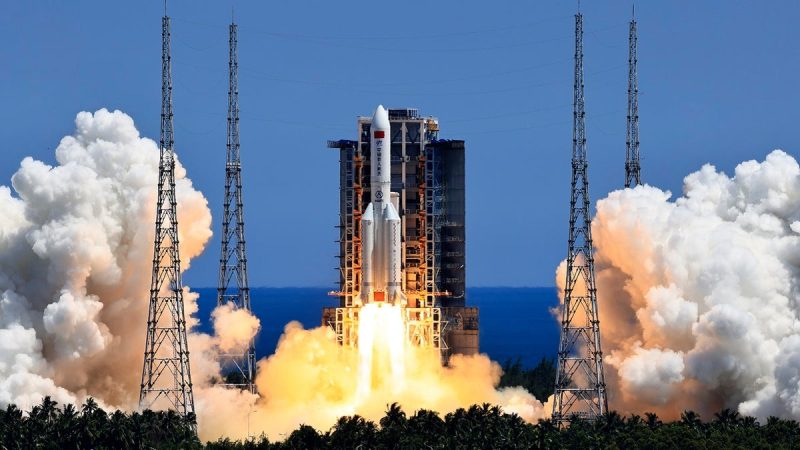China’s Secret Weapon in the Space Race is Already Hurting US
The global space race has taken on a new dimension with China’s ambitious plans and advancements in space technology. In recent years, China has been strategically positioning itself as a major player in the space industry, making significant progress towards achieving its goal of becoming a space superpower. One of the key elements of China’s success in the space race is its development and deployment of a new type of satellite known as a killer satellite.
These killer satellites, officially known as satellite inspection and repair spacecraft, are equipped with advanced technology that allows them to approach, inspect, and potentially disable or destroy other satellites in orbit. While China has claimed that these satellites are intended for peaceful purposes such as satellite maintenance and debris removal, experts have expressed concerns about the potential dual-use nature of these satellites and their implications for national security.
The deployment of killer satellites poses a significant threat to the United States and other countries with significant assets in space. These satellites have the capability to disrupt critical communication, navigation, and reconnaissance systems, leading to potential security threats and economic disruptions. Furthermore, the use of killer satellites in a conflict scenario could escalate tensions and trigger a space arms race, further destabilizing the already fragile space environment.
In response to China’s aggressive actions in space, the United States and its allies have been forced to reassess their space policies and develop countermeasures to protect their space assets. This has led to increased investment in space defense systems, including new satellite technologies, anti-satellite weapons, and space situational awareness capabilities. However, the development of these defensive measures comes at a significant cost and raises ethical concerns about the militarization of space.
In addition to the security implications of China’s killer satellites, there are also concerns about the long-term sustainability of the space environment. The proliferation of these advanced satellites could lead to an increase in space debris, which poses a serious risk to the safety of other satellites and spacecraft operating in orbit. As more countries enter the space race and develop similar technologies, the challenge of managing space debris becomes even more pressing.
To address these challenges, international cooperation and dialogue are essential to establish norms and regulations for responsible behavior in space. Countries must work together to develop transparent communication channels, promote the peaceful use of outer space, and prevent the weaponization of space. By fostering a collaborative and multilateral approach to space governance, the international community can safeguard the future of space exploration and ensure a peaceful and sustainable environment for all.
In conclusion, China’s development of killer satellites represents a significant advancement in the global space race, with far-reaching implications for security, diplomacy, and sustainability. As countries navigate the complexities of space competition, it is crucial to prioritize dialogue, cooperation, and responsible behavior to ensure the peaceful and sustainable use of outer space for future generations.




























